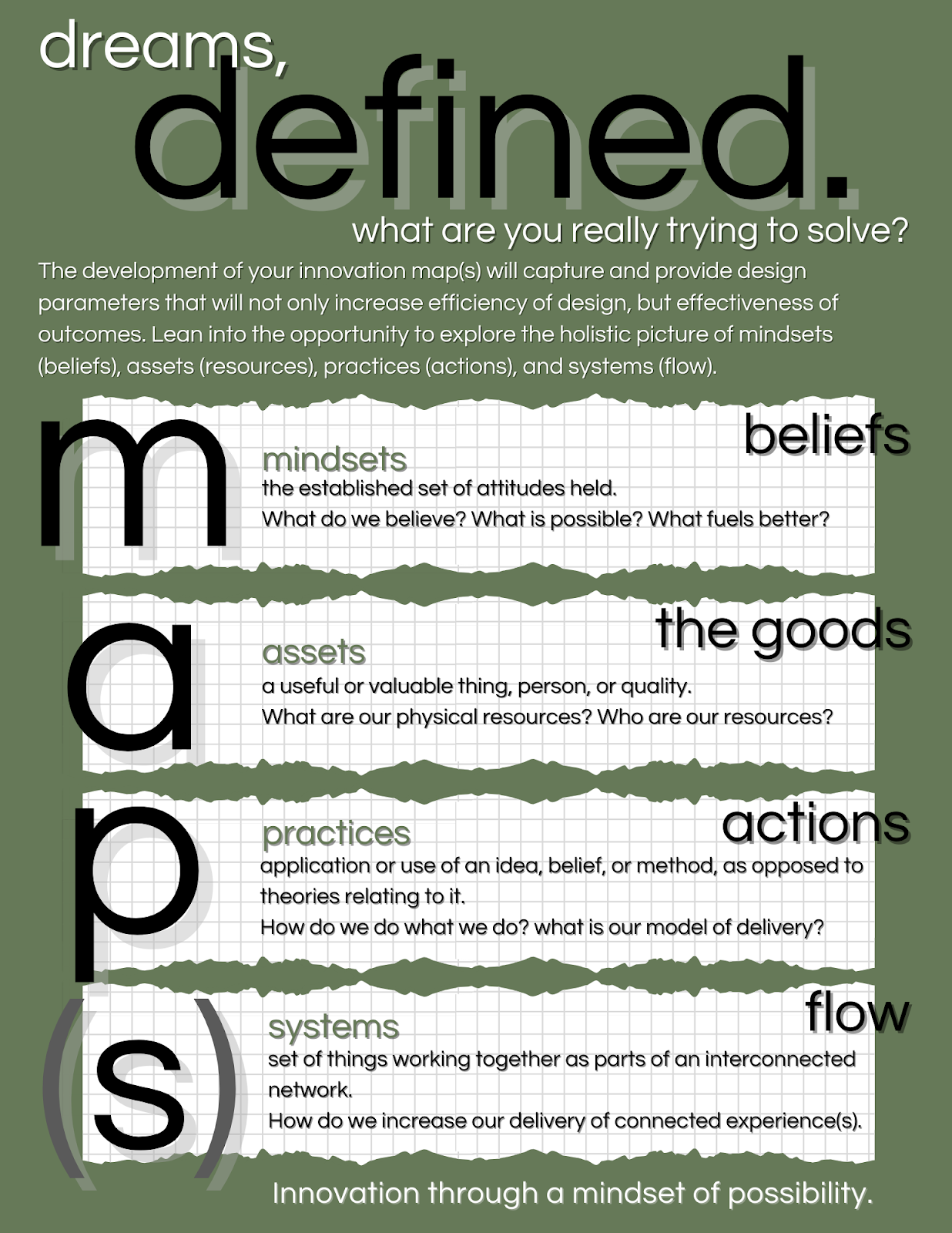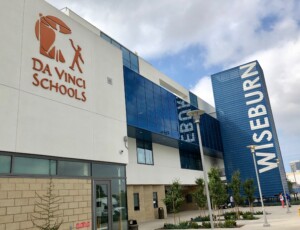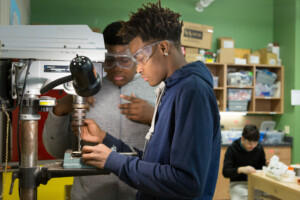From Clusters to Culture: Sustaining Readiness Through MAP(s)
Key Points
-
Embedding career readiness into district culture involves aligning leadership, data systems, policy, and partnerships to ensure sustainability.
-
The MAP(s) framework guides the integration of career clusters into district policies, emphasizing mindsets, assets, practices, and systems.

In the final blog of this series, I’ll share how we are embedding this work into our district’s DNA—so it doesn’t live in programs, but in policy, leadership, communication, and community expectations.
Because when readiness becomes the culture of a system, every learner wins.
If Part 1 made the case for rebooting Career and Technical Education (CTE), and Part 2 showed how the Advance CTE Career Cluster Framework transforms theory into thriving ecosystems, this final post focuses on what matters most: Making it stick.
If readiness lives only in a program, it dies when the champion leaves.If it is built into culture, it endures.
At Tacoma Public Schools, our goal is not just to offer great programs; it is to become a district where every student is known, seen, and supported through personalized pathways—rooted in purpose and ready for what’s next.
That requires more than alignment. It requires systemwide design. It demands a cross-cutting commitment to skills, mindsets, and practices that sustain, not just launch, readiness.
It requires a mindset fueled by possibility, built through MAP(s)—mindsets, assets, practices, and systems—to ensure innovation is not just implemented but embedded.

Culture = What We Normalize
Culture is defined by what we normalize, celebrate, and hold ourselves accountable to. The real shift happens when Career and College Readiness is no longer something we do—it becomes something we are. Here is how we have embedded cluster-aligned, pathway-driven design into the DNA of our district:
Leadership Infrastructure That Scales Vision
We redesigned our internal leadership model to move beyond program oversight toward system coherence.
- A dedicated CCR/CTE advisory team aligns talent, funding, and innovation.
- Pathway leads are empowered with cross-school authority and shared accountability.
- Secondary school principals and partner school leaders anchor pathway expansion in instructional leadership.
- Career Clusters frame how departments from equity to communications integrate CCR into daily work.
Using the MAP(s) framework, we intentionally design leadership around mindsets that fuel better, assets that scale impact, practices that sustain the work, and systems that make it durable.
Data Systems That Drive Strategy
We believe data should tell the story of readiness, not just remediation.
We maximize SchooLinks and YouScience to track real readiness indicators:
- Student enrollment and engagement mapped by Career Cluster
- Internship hours, credential attainment, and social capital development
- Postsecondary outcomes beyond diploma rates
- Teacher capacity and schedule models tied to pathway health
Strong data ecosystems drive visibility, strategy, and ultimately, growth. Healthy ecosystems cross-cut academic and career outcomes to reflect the full learner experience.
Policy That Protects the Work
We are embedding pathways into the core operations of the district:
- Career Cluster alignment is required for all new program development.
- Graduation planning emphasizes pathway access and equity.
- Facility design aligns to support hands-on, industry-connected learning.
- Budgets prioritize internships, credentialing, and certifications through YouScience.
Policy ensures readiness survives leadership transitions, funding cycles, and competing initiatives.
Partnerships That Push and Anchor
We do not build ecosystems for our community.
We build them with our community.
- Industry partners co-design, mentor, and invest.
- Postsecondary institutions validate and co-deliver pathways.
- Community organizations amplify access and opportunity.
- Students lead through co-design councils like Jobs 253 and Maritime|253.
Shared ownership creates the kind of readiness culture that does not depend on any one program—or any one leader.
The Endgame: Career Clusters as Culture Code
This is not about a wheel, a program, or a building.
It is about designing learning environments where:
- Every student has a why.
- Every school offers a how.
- Every community sees value.
The Advance CTE Career Clusters provide the structure. Cross-cutting skills—from collaboration to critical thinking to career navigation—are the common threads across every cluster and every pathway.
The MAP(s) framework—mindsets, assets, practices, systems—gives us a way to continuously calibrate and grow culture with learners at the center.
What’s Next — and How You Can Join the Work
Wherever you are in your readiness journey, you can move toward sustainable systems today:
- Normalize Career Cluster language across your district.
- Invest in leadership roles that connect programs, pathways, and policy.
- Build strong data ecosystems using SchooLinks and YouScience.
- Use MAP(s) as a design tool: align mindsets, assets, practices, and systems intentionally.
- Design with cross-cutting skills in mind—ensuring students build networks, competencies, and career clarity across every pathway.
- Let students lead: engage them as designers, not passengers.
Build systems ready for learners—not just learners ready for systems. When readiness becomes the culture of a system, every learner wins.
Adam Kulaas serves as Director of Innovative Learning & CTE at Tacoma Public Schools. He designs systems that unlock learner agency, connect education to industry, and bring purpose to every pathway.
This is the third part in a three-part series on Rebooting Readiness in Tacoma Public Schools. The series focuses on rethinking CTE by leveraging the flexibility and real-world readiness of the Advance CTE Career Clusters Framework.







0 Comments
Leave a Comment
Your email address will not be published. All fields are required.